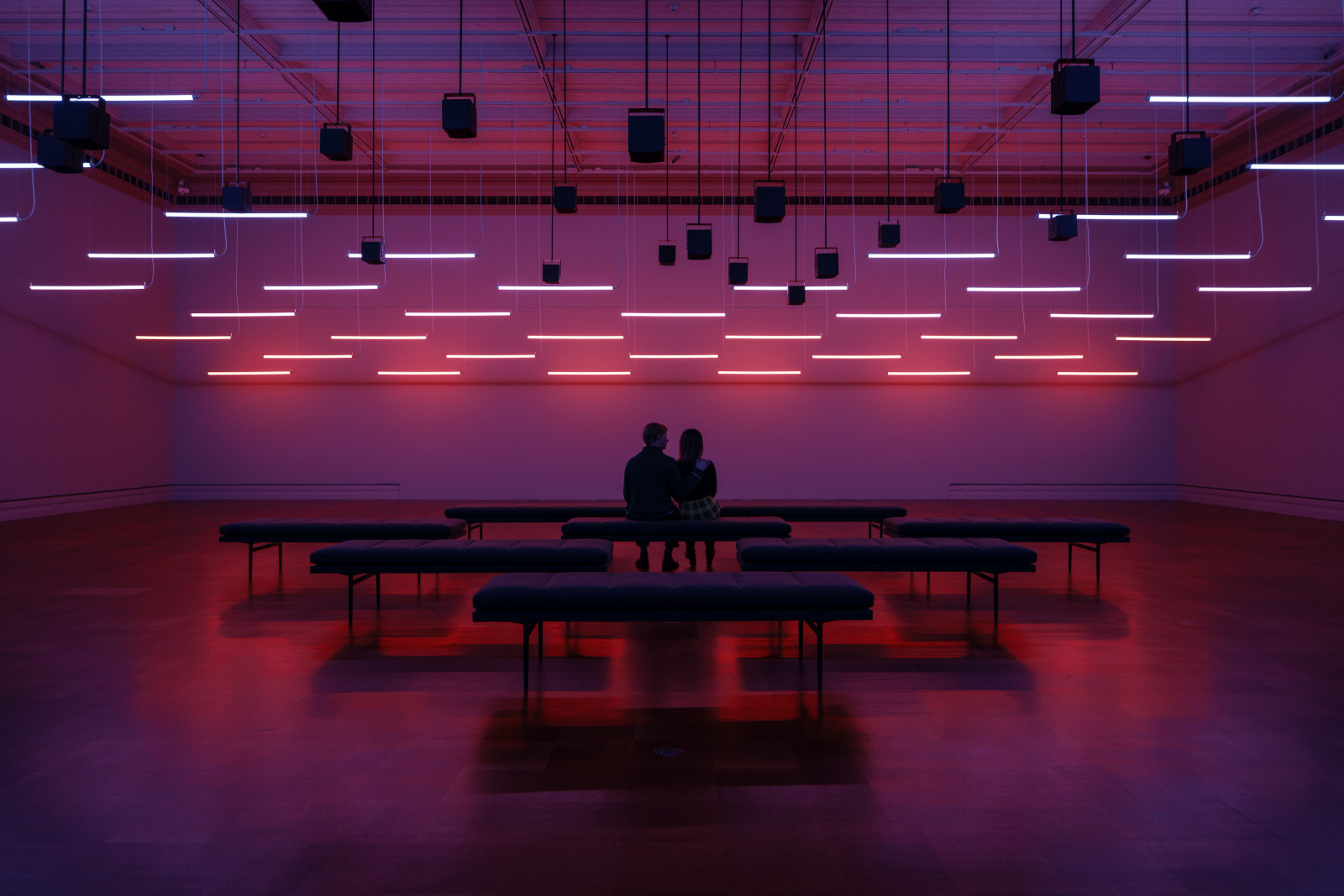Bowl
Bowl
Place of OriginProbably Syria or Palestine
Datemid-2nd to early 1st century BCE
Dimensions2 1/2 × 5 7/16 × 1/4 in. (6.4 × 13.8 × 0.6 cm)
MediumGlass; sagged; rotary-polished on the interior, the top, and the outside of the rim; fire-polished on the rest of the exterior; cut on both surfaces.
ClassificationGlass
Credit LineGift of Edward Drummond Libbey
Object number
1923.897
Not on View
DescriptionThis hemispherical bowl is made of natural light green glass. It was formed by sagging, then rotary-polished on the interior, the top, and the outside of the rim, fire-polished on the rest of the exterior, and cut on both surfaces.
The bowl has an upright, thick rim with an almost pointed edge that slopes diagonally inward. The sides are smoothly convex, curving to a convex bottom. On the interior, two pronounced horizontal grooves are cut in a band below the rim, while on the exterior, three pronounced horizontal grooves encircle the center of the bottom.
Published ReferencesGrose, David F., Early Ancient Glass: Core-Formed, Rod-Formed, and Cast Vessels and Objects from the Late Bronze Age to the Early Roman Empire, 1600 B.C. to A.D. 50, Hudson Hills Press in Association with the Toledo Museum of Art, New York, 1989, cat. no. 219, p. 206, repr. (col.) p.183, drawing, p. 411.mid-2nd to early 1st century BCE
mid-2nd to early 1st century BCE
mid-2nd to early 1st century BCE
mid-2nd to early 1st century BCE
Late 1st century BCE to mid-1st century CE
1st century BCE
Late 1st century BCE to mid-1st century CE
mid-2nd to early 1st century BCE
mid-2nd to early 1st century BCE
mid-2nd to early 1st century BCE
Late 1st century BCE to mid-1st century CE
Late 1st century BCE to mid-1st century CE

Membership
Become a TMA member today
Support TMA
Help support the TMA mission














